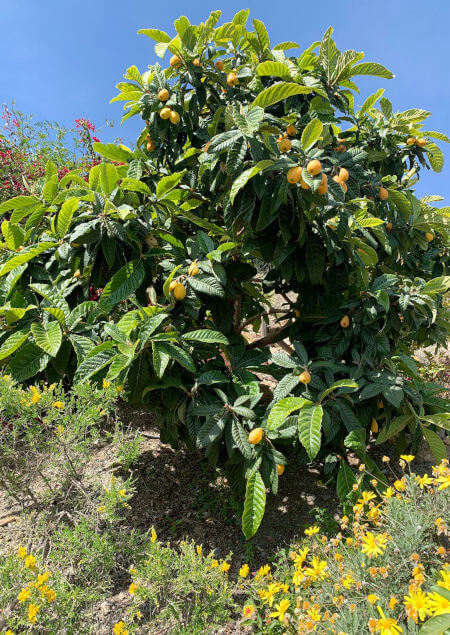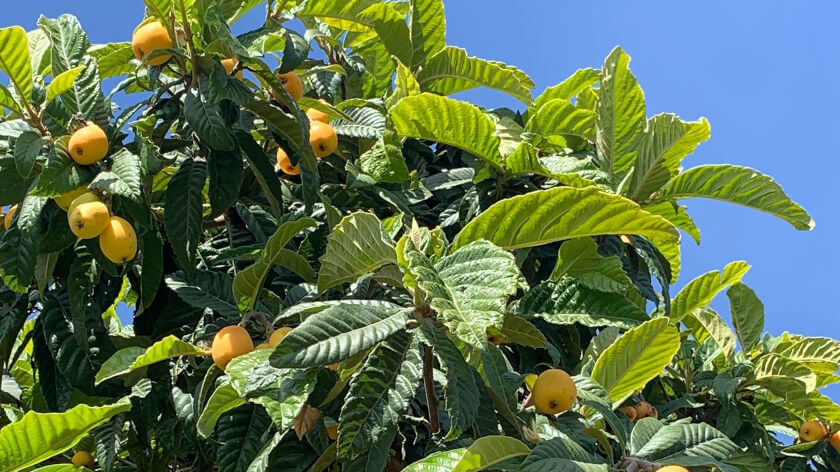News
Like everywhere also in Andalusia all kinds of interesting things happen every day, such as fiestas and festivals, culinary gatherings, processions, special exhibitions, but there's also news on the housing market or changed regulations. To make it easy for you, we bundle some interesting articles in this section so that you have everything at a glance.
-
27
Apr 2024
Día del Níspero
The Axarquía region is known for its beautiful landscapes and charming villages. But also for the tropical fruits grown there in abundance, such as avocado, mango, chirimoya, pitahaya (tarragon fruit) and nísperos (also known as loquats). Around the white mountain village of Sayalonga, especially famous for its colourful valley, the fields light up every spring with the abundance of ripe nísperos.
The níspero is an oval fruit with a thin skin ranging from pale yellow to deep orange. The juicy, slightly sour to honey-sweet flesh is reminiscent of apricot or peach. Originally from Asia, the níspero found its way to Europe and then Spain in the 18th century, with the Tanaka variety from Japan being introduced to Andalusia. Sayalonga, also known as the 'Paraíso del Níspero', is now the largest grower in the province of Málaga, harvesting around 500 tonnes per season.
Nísperos are not only delicious but also healthy, with few calories, plenty of fibre and a range of vitamins and minerals that contribute to good intestinal function. The flesh also contains vitamins A, B & C and minerals such as calcium, potassium and magnesium. Furthermore, it also helps reduce cholesterol and control diabetes.
It is a true seasonal product and is harvested here in April, May and June. The fruit is very delicate and easily damaged so when buying make sure the skin has few spots or dents. The colour of ripe specimens varies from yellow to bright orange, so overly yellow or green unripe specimens are best discarded. They should also not be too soft to the touch or give off an excessive odour.
The versatile fruit can be eaten in a variety of ways, from fresh from the hand or in yoghurt, to processed in jams, liqueurs, desserts, chutneys and savoury dishes. Want to eat the fruit on the go? Then remove the stalk and peel off the skin. Cut the níspero in half and remove the seeds and the crown at the bottom. If you like savoury, there are countless possible preparations as well. For a surprising aperitif, use the fruit in a fruity kind of gazpacho. Another delicious combination is with avocado and seafood. Or add the níspero to a chicken stew with sweet onion, wine and toasted almonds. Its fresh-sour flavour also goes very well with dishes with white fish, such as hake and fresh bacalao.
The annual event Día del Níspero in Sayalonga, which takes place on the first Sunday of May - so this year on the 5th - is an excellent opportunity to taste this delicious fruit in all its variations, amid local dishes, drinks and flamenco performances.




